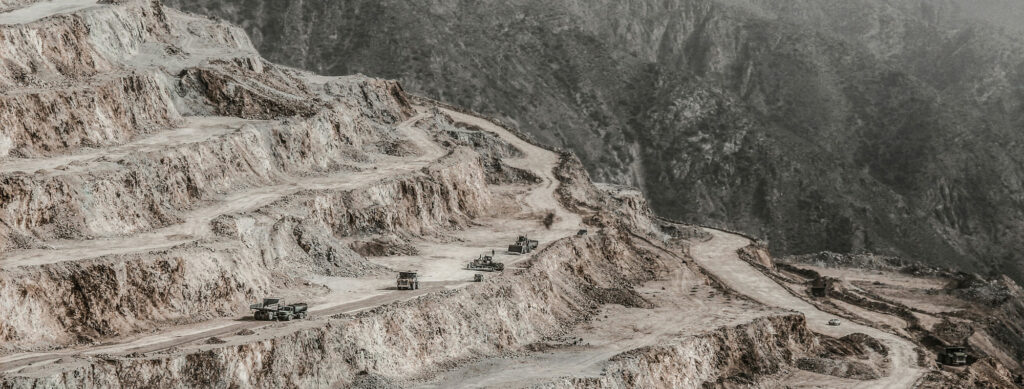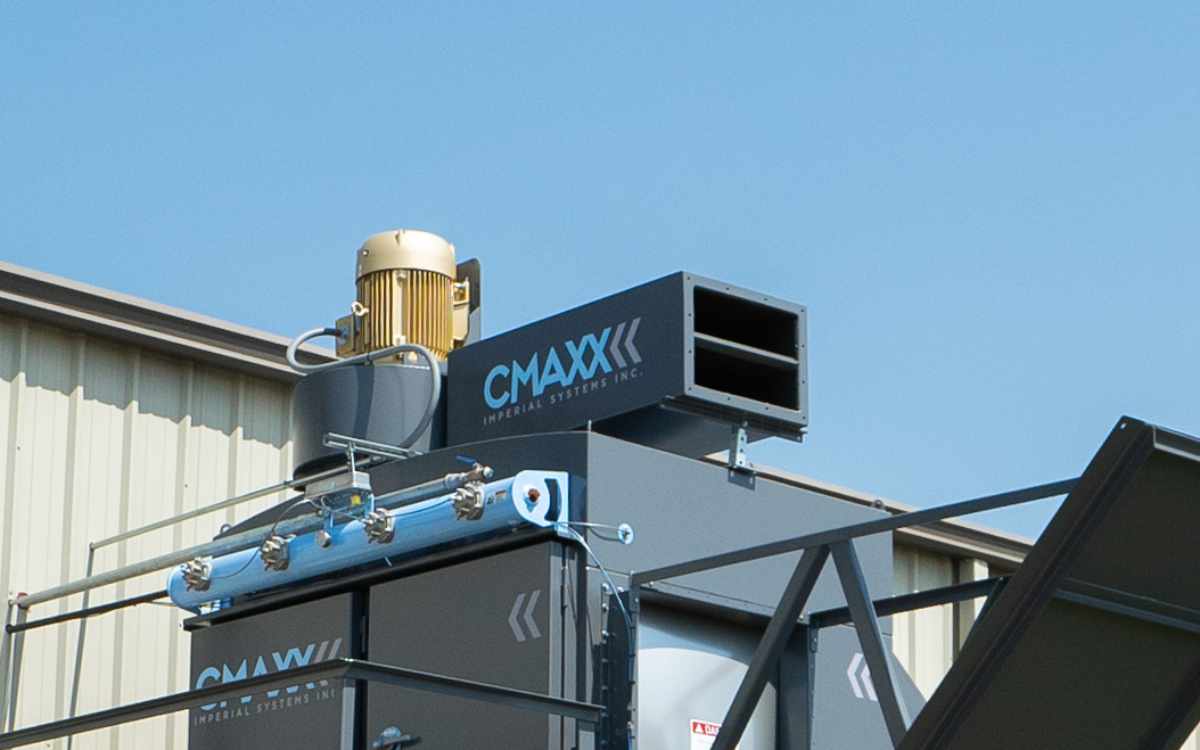As the demand for minerals and other resources continues to rise, so does the need for more mining. It has become crucial to prioritize the implementation of proper safety measures to protect both the environment and miners. One key aspect of ensuring operational safety in mining processes is effective dust collection. The generation of hazardous dust in mining, such as silica, coal, and asbestos, poses significant health risks to workers and can contribute to environmental pollution.
By implementing effectively designed dust collection systems, mining companies can minimize the release of harmful particulates into the air, protecting miners’ respiratory health and reducing the potential for long-term occupational diseases. Prioritizing dust collection in mining operations ensures the well-being of workers and the preservation of the environment, leading to sustainable and responsible mining practices.
Mining Processes and Dust Challenges
Various processes such as drilling, blasting, crushing, and grinding produce a substantial amount of mining dust. Let’s discuss the different types of mining and the specific dust collection challenges they pose.
Underground Mining
This involves extracting minerals and ores from beneath the earth’s surface, which poses unique challenges for dust collection. Dust is generated during drilling, blasting, and cutting of rocks and coal, which can cause respiratory issues for miners. Additionally, the confined spaces of underground mines can make it challenging to manage and maintain dust collection systems. It is essential to have specialized equipment that can effectively capture and control the specific dust being generated, such as a heavy-duty dust collector.
Surface Mining
The surface mining process involves extracting minerals and ores from the surface of the earth, also generates a significant amount of dust. Dust is produced during the excavation, crushing, and transporting of materials, which can cause respiratory issues and eye irritation for workers. In addition, surface mining can have a significant impact on the environment, with dust and other pollutants affecting nearby ecosystems. Proper dust collection systems can help mitigate the impact of surface mining on both workers and the environment.
Open-pit Mining
This is removing minerals and ores from an open pit or borrow. The excavation and transportation of materials can create significant amounts of airborne dust, which can affect not just the health of workers, but also the health of local community members. Like surface mining, open-pit mining can have adverse effects on nearby ecosystems. Effectively designed dust collection systems will keep the environmental impact of hazardous dusts to a minimum and keep employees and residents safe and healthy.
The CMAXX Dust & Fume Collector: Built for Mining’s Tough Demands
Because of the hazardous nature of dusts produced from mining, a heavy duty dust collector is essential. Our CMAXX Dust Collector includes as standard, 7 ga. and 10 ga. steel construction, abrasion-resistant inlets complete with UHMW lining, baked-on powder coat inside and out, and many more features to address the harsh mining environment. DeltaMAXX Prime cartridge filters are able to remove silica, coal, asbestos, lead, mercury, and other dusts from the air meeting the strictest environmental regulations for permitting.
Dust collection is crucial in the mining industry to protect workers’ health and safety and minimize the impact on the environment. With specialized equipment and systems designed to capture and control dust effectively, mining operations can operate safely and sustainably. Contact Imperial Systems to discuss your mining dust collection solution today.



